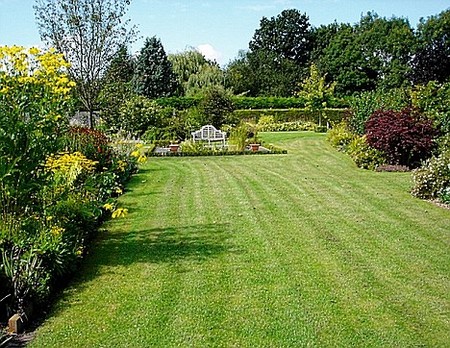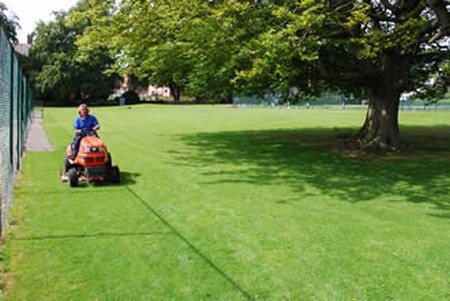The plants
Always buy container-raised shrubs and conifers of under 90 cm (3 ft) in height. Larger plants make greater initial impact, but they are more difficult to establish and are likely to be less rootfirm at a later date, other things being equal. Container-grown standard trees of up to 2.4 m (8 ft) should transplant satisfactorily.
Planting positions
Mark out planting positions, allowing each tree or shrub a minimum space equal to its final spread, unless otherwise specified on the label. Ensure tall plants are set behind small, and remember it is the ultimate size which matters, not the size at planting time. Don’t plant any tree closer to a building or drains than a distance equal to its ultimate height. You could risk damage to foundations — or broken drains. If there are trees planted in the wrong place, you may contact a tree removal company to move or get rid of them entirely.

Preparing the hole
Dig out a hole at least twice as wide and half as deep again as the rootball, after first skimming off the turf in grassed areas. Keep the dark fertile topsoil separate from the less fertile, paler subsoil. Take a garden fork and loosen up the bottom and sides of the hole. Where turf is involved, turn the sods upside down in the hole and chop into small pieces. Otherwise bottom out with a 5cm (2 in) layer of well rotted garden compost or manure.
Some trees need support. If so, hammer in a stake at this stage, slightly off centre. Allow for about a third of any stake to be below ground. With standard trees, the top of the stake should come up no higher than 5 cm (2 in) below the lowest branches. With bushes make the stake about three quarters the height of the bush.
Scatter a small handful of general fertilizer like Growmore over the chopped turf, compost or manure. Then try the hole for size by lowering in the plant, complete with container. Underpack with ‘planting mixture’ until the top of the rootball rests just below the surrounding soil level.
Planting mixture
Soil-based potting compost makes an excellent planting mixture. But if the topsoil is reasonable, it is cheaper and quite satisfactory to mix three bucketsful of this with one each of coarse sand and peat, together with a handful of general fertilizer to each 361 (8 gal) of mix. Using a planting mixture makes it easier for the plant roots to break out of the peat-based potting compost of the nursery container, into the garden soil. It acts rather like a bridge.
Planting
Water the hole thoroughly and allow surplus water to drain away. Similarly, water the containerized plant and allow it to drain before disturbing the roots. In the interim, tie in the shoots of spreading kinds with soft twine to afford temporary protection, avoid breakage and make for easier planting.
The easiest way to remove floppy plastic or fibre pots is to cut vertically up both sides and peel away. Having done this, tease out some of the old potting compost with a pointed stick, along with the drainage crocks from the base. Aim to keep the main rootball intact while easing some of the outermost roots away from the rootball. This enables them to grow more quickly into the surrounding soil. Trim back to sound tissue any roots which are damaged. It is important to work quickly, as the roots must not dry out at any stage. Position the plant in the hole with its best side facing the main viewing point and its rootball resting snugly into the planting mixture. Spread out the loosened roots and backfill with more planting mixture, firming as filling proceeds. Water to settle in.

If a tree needs support, tie it to the stake in two places, near the top and about half way down. Always use proprietary tree ties with spacers to avoid chafing the bark. Schedule a periodic tree trimming service to keep your trees healthy.
When planting in grass, be sure to leave a minimum 30 cm (12 in) collar of bare earth. This reduces the competition for food and moisture and enables plants to be watered and mulched effectively.